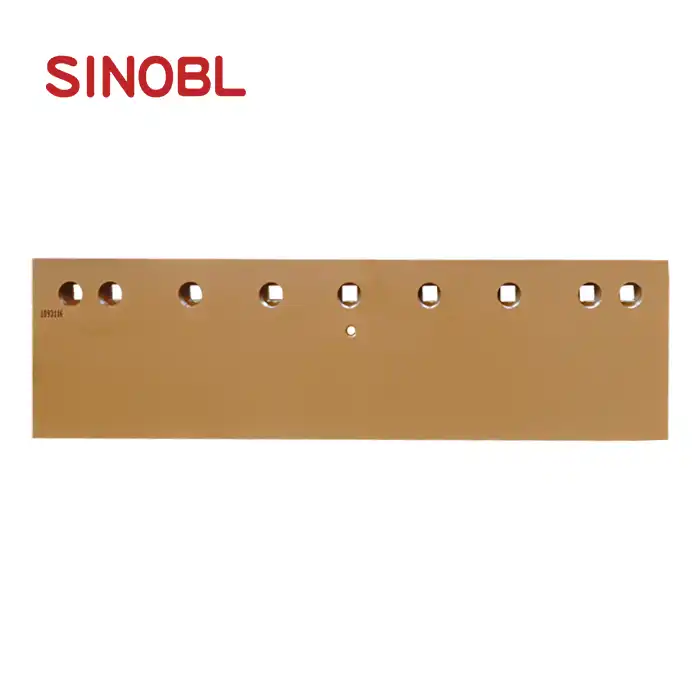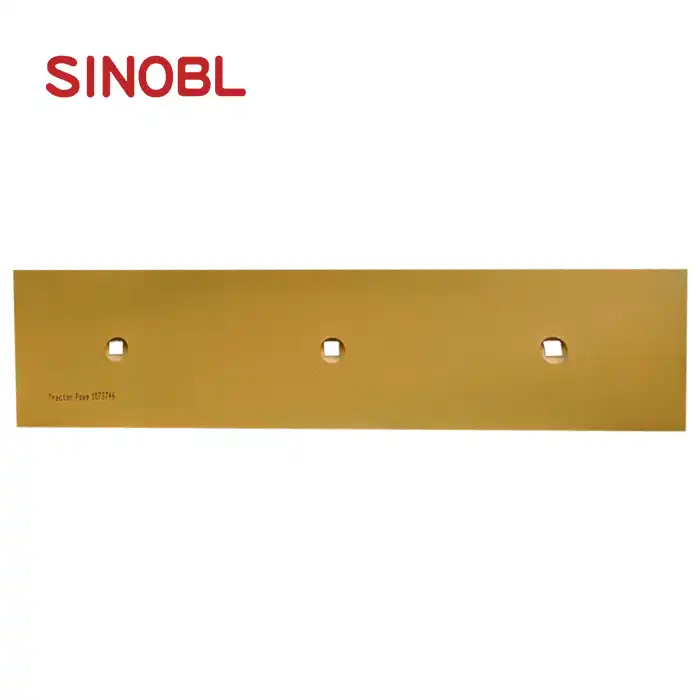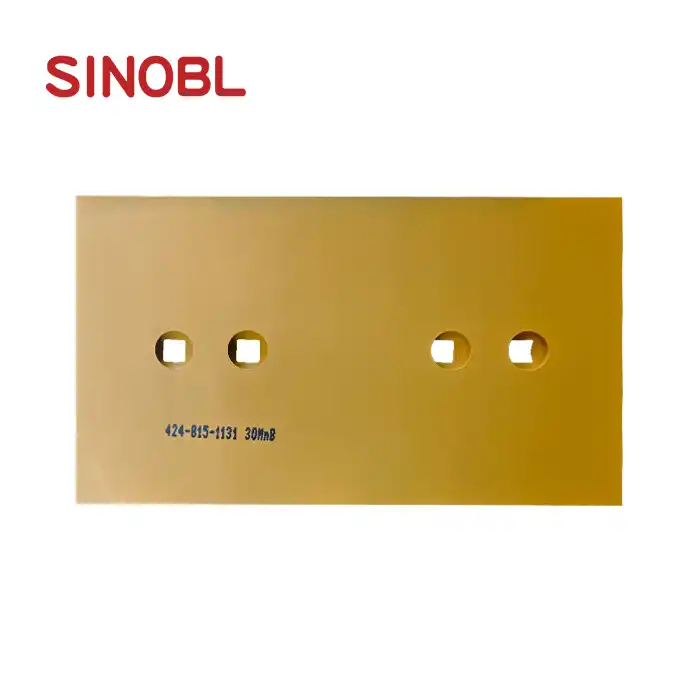Troubleshooting Common Issues with Dozer Sprocket Segment D51
Dozer Sprocket Segment D51 components are critical elements in heavy machinery operations, serving as the primary connection between the drive system and tracks. When these components fail or experience issues, it can lead to significant operational downtime and costly repairs. Understanding common problems, their causes, and practical solutions is essential for maintenance professionals and equipment managers. This comprehensive guide addresses the most frequent challenges encountered with Dozer Sprocket Segment D51 parts, providing expert insights on identification, prevention, and remediation strategies developed through years of industry experience and engineering expertise.
Identifying Signs of Wear and Failure in Dozer Sprocket Segment D51
Understanding Normal vs. Abnormal Wear Patterns
Distinguishing between normal wear and problematic degradation is crucial for maintaining optimal Dozer Sprocket Segment D51 performance. Normal wear typically presents as uniform smoothing across the tooth surface of the sprocket segment, with gradual material loss occurring symmetrically. This expected deterioration happens over extended periods of operational use and doesn't significantly impact functionality until reaching predetermined replacement thresholds. Conversely, abnormal wear patterns manifest as uneven tooth deterioration, asymmetrical material loss, or unexpected wear concentration points. These irregularities often indicate underlying issues such as improper track tension, misalignment, or contamination problems. The Dozer Sprocket Segment D51 manufactured by Shanghai SINOBL Precision Machinery Co., Ltd. features heat-treated boron steel construction (Part No.12Y-27-11521) specifically engineered to resist premature wear, even in demanding operating conditions. Regular inspections should focus on tooth profile changes, with particular attention to tooth thickness, as measurements falling below 75% of original specifications generally indicate replacement necessity. When evaluating wear patterns, also examine the three mounting holes for any deformation or elongation that might affect secure attachment to the sprocket hub, as these subtle changes can accelerate segment degradation and potentially lead to catastrophic failure during operation.
Detecting Early Warning Signs of Potential Failure
Proactive maintenance relies on identifying early warning signs before catastrophic failures occur with your Dozer Sprocket Segment D51. Vigilant operators and maintenance personnel should watch for several key indicators: unusual noise during operation (particularly rhythmic clicking or grinding sounds that coincide with sprocket rotation); vibration transfer through the undercarriage system; visible cracking or hairline fractures developing near mounting holes or between teeth; localized heat concentration after extended operation; and track jumping or misalignment during directional changes. Shanghai SINOBL's Dozer Sprocket Segment D51, weighing 6.4 kg with precisely engineered three-tooth and three-hole configurations, is designed for optimal stress distribution to minimize these failure modes. However, environmental factors such as extreme temperature variations, exposure to corrosive materials, or operation in highly abrasive conditions can accelerate deterioration regardless of component quality. Implementing regular inspection protocols that include non-destructive testing methods like dye penetrant testing or magnetic particle inspection can reveal subsurface flaws before they become operational issues. Additionally, tracking operational hours between component replacements helps establish baseline performance metrics for your specific application, allowing maintenance teams to predict and schedule replacements before failure occurs, thereby reducing costly emergency maintenance situations and extending the service life of the entire undercarriage system.
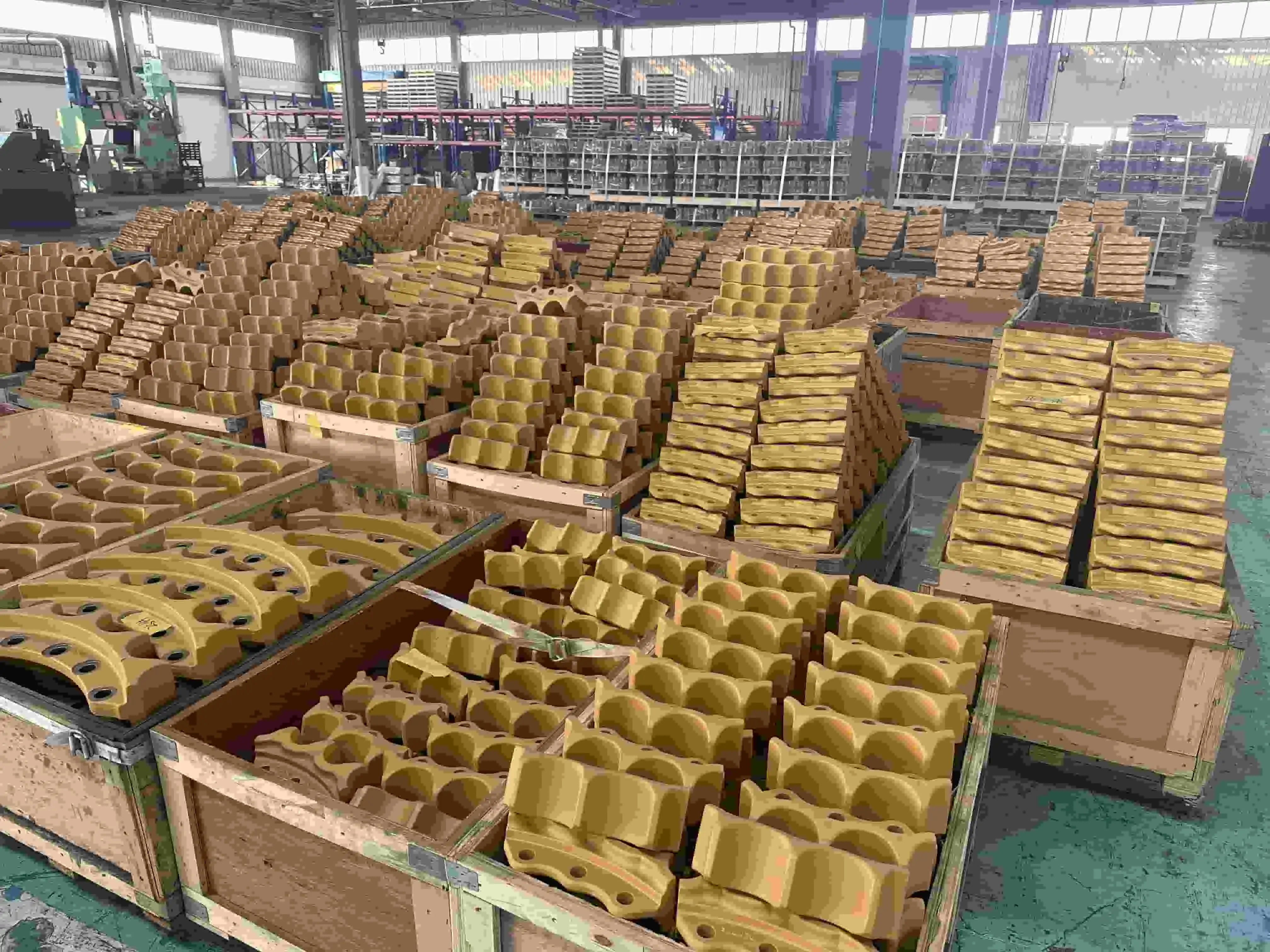
Impact of Environmental Factors on Component Lifespan
Environmental conditions significantly influence the performance and longevity of Dozer Sprocket Segment D51 components across various operational settings. In high-abrasion environments such as sandy or rocky terrains, accelerated wear occurs as particles infiltrate between the sprocket segment and track, effectively creating a grinding compound that rapidly deteriorates the heat-treated boron steel construction of these critical components. Similarly, exposure to corrosive elements—including saltwater in coastal operations, chemical contaminants in industrial applications, or acidic soil conditions in certain mining operations—can initiate corrosion processes that compromise structural integrity, even in SINOBL's high-quality Dozer Sprocket Segment D51 (Part No.12Y-27-11521). Temperature extremes present another challenge, as thermal expansion and contraction cycles can induce microscopic stress fractures that gradually propagate through the component. These environmental factors work synergistically, often compounding their detrimental effects and accelerating failure rates beyond standard projections. To counter these influences, implementing application-specific maintenance protocols becomes essential. For operations in high-abrasion environments, increasing cleaning frequency removes abrasive materials before they cause damage. In corrosive settings, applying protective coatings or lubricants creates a barrier between the sprocket segment and harmful elements. Temperature management strategies, including allowing adequate cool-down periods between operational cycles, help mitigate thermal stress. Additionally, adjusting replacement intervals based on specific operational conditions rather than adhering solely to standard maintenance schedules ensures optimal component utilization while preventing catastrophic failures that could damage other undercarriage components or threaten operational safety.
Preventive Maintenance Strategies for Dozer Sprocket Segment D51
Establishing Effective Inspection Protocols
Comprehensive inspection protocols form the foundation of preventive maintenance for Dozer Sprocket Segment D51 components, enabling early detection of developing issues before they escalate into costly failures. An effective inspection regimen begins with determining appropriate frequency, which varies based on operational intensity, environmental conditions, and equipment usage patterns. Typically, high-usage applications in demanding environments require daily visual inspections and weekly comprehensive assessments, while moderate-use scenarios might follow bi-weekly or monthly schedules. During inspections of the Dozer Sprocket Segment D51, technicians should systematically examine all three teeth for signs of excessive wear, deformation, or cracking, paying particular attention to the tooth profiles where the segment interfaces with track components. The three mounting holes deserve equal scrutiny for any elongation, cracking, or thread damage that might compromise secure attachment. Shanghai SINOBL's precision-engineered segments, manufactured from heat-treated boron steel, maintain tight tolerances that make deviation detection crucial—even minor changes from original specifications can indicate developing problems. Documentation forms an essential component of the inspection process, with detailed records tracking wear progression, maintenance interventions, and component replacements. This historical data enables trend analysis, helping maintenance teams identify patterns that might indicate underlying issues with track tension, alignment, or operational practices. Additionally, photographic documentation provides visual reference points for wear progression, facilitating more accurate assessments over time. Training maintenance personnel to recognize subtle indicators of deterioration enhances inspection effectiveness, as early intervention based on properly interpreted findings can significantly extend component lifespan and reduce overall maintenance costs across the entire dozer fleet.
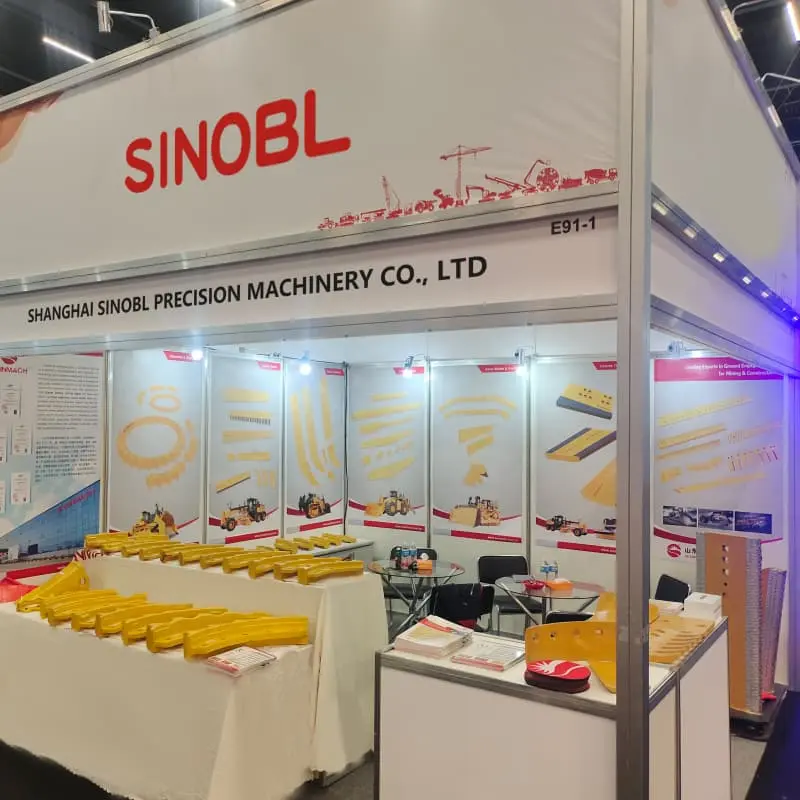
Proper Installation and Tension Management
Correct installation procedures and ongoing tension management are critical factors affecting the performance and longevity of Dozer Sprocket Segment D51 components. Installation begins with thorough inspection of the mounting surfaces on both the sprocket hub and the segment itself, ensuring all contact surfaces are clean, free of debris, and undamaged. The three mounting holes on the SINOBL Dozer Sprocket Segment D51 (Part No.12Y-27-11521) must align precisely with the corresponding holes on the hub to prevent uneven loading during operation. When securing the segment, fasteners should be tightened in a systematic cross-pattern to ensure uniform pressure distribution, with final torque values adhering strictly to manufacturer specifications—typically between 280-320 Nm for D51 applications, though specific values should be confirmed for your particular equipment configuration. Equally important is track tension management, as improper tension directly affects sprocket segment wear patterns. Excessive tension creates abnormal pressure points and accelerates component fatigue, while insufficient tension allows track slippage that rapidly wears tooth profiles. Tension should be checked at operating temperature, as thermal expansion significantly affects measurements. The ideal sag measurement for most D51 applications ranges between 30-45mm at the center point between the idler and sprocket, though this varies based on specific operating conditions and manufacturer recommendations. Regular tension adjustments should be performed as part of scheduled maintenance, with particular attention following operations in extreme conditions that may have caused unusual stress on the undercarriage system. Additionally, proper lubrication of pins and bushings indirectly benefits sprocket segment longevity by ensuring smooth track articulation, reducing impact loading, and minimizing the transmission of operational stress to the sprocket assembly. By maintaining optimal installation parameters and tension values, operators can significantly extend the service life of SINOBL's high-quality Dozer Sprocket Segment D51 components while maximizing operational efficiency and minimizing downtime.
Implementing Scheduled Replacement Programs
Strategic replacement programs for Dozer Sprocket Segment D51 components significantly reduce unplanned downtime and optimize maintenance budgets through proactive management. Effective replacement scheduling requires establishing clear wear thresholds based on measurable parameters rather than relying solely on subjective assessments or calendar-based intervals. For the SINOBL Dozer Sprocket Segment D51, critical measurement points include tooth thickness (with replacement typically indicated when thickness decreases to 75% of original specifications), tooth profile deformation, and mounting hole integrity. Developing a predictive replacement model involves analyzing historical performance data specific to your operational conditions, equipment usage patterns, and environmental factors. In mining operations, for instance, highly abrasive materials might necessitate replacement after 1,500-2,000 operating hours, while construction applications in less challenging environments might extend this range to 2,500-3,000 hours. Shanghai SINOBL's heat-treated boron steel segments typically outperform industry averages by 15-20% under comparable conditions, delivering enhanced cost-efficiency through extended service intervals. Implementing a staggered replacement approach—replacing alternate segments in a staged pattern rather than complete simultaneous replacement—often provides economic advantages while maintaining operational reliability. This approach distributes replacement costs over time while allowing visual comparison between new and worn components, providing valuable wear rate data. Additionally, establishing strategic inventory management ensures critical Dozer Sprocket Segment D51 components (Part No.12Y-27-11521) remain available when needed, with stock levels determined by fleet size, operational criticality, and supplier lead times. SINOBL's standard 25-day delivery timeline should factor into inventory planning, though maintaining safety stock prevents costly operational delays. By implementing comprehensive replacement programs that balance component lifespan maximization with reliability requirements, equipment managers can achieve optimal total cost of ownership while ensuring consistent operational readiness.
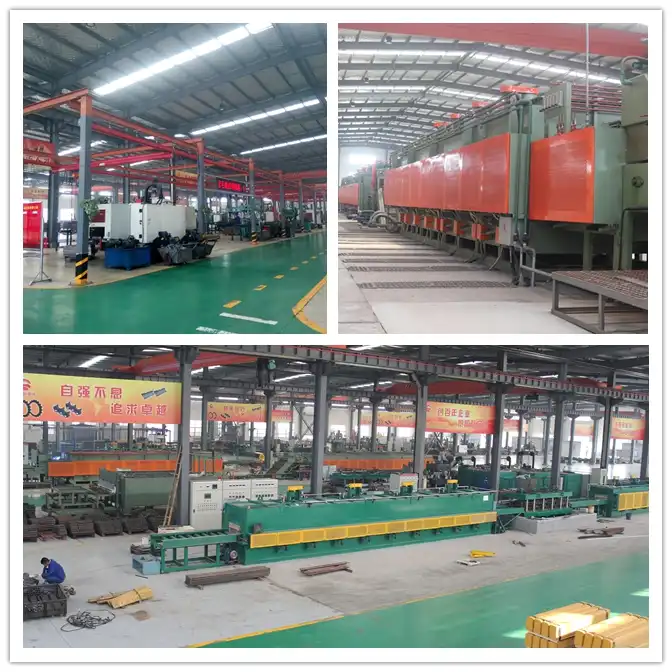
Troubleshooting Specific Issues with Dozer Sprocket Segment D51
Resolving Track Misalignment Problems
Track misalignment represents one of the most common yet potentially damaging issues affecting Dozer Sprocket Segment D51 performance and longevity. Misalignment typically manifests through uneven wear patterns on the sprocket teeth, abnormal track behavior during operation, and increased power consumption. The primary causes include improper track tension, worn or damaged idlers and rollers, frame distortion from operational impacts, and accumulated debris interfering with normal track movement. Diagnosing misalignment begins with visual inspection of the entire undercarriage system while the machine is elevated, paying particular attention to the relationship between the Dozer Sprocket Segment D51 and the track links. When properly aligned, the three teeth of the SINOBL sprocket segment (Part No.12Y-27-11521) should engage centrally with the track bushings, creating uniform contact across the tooth face. Deviation from this ideal engagement pattern indicates alignment issues requiring correction. Remediation strategies vary depending on the root cause: track tension adjustments represent the most common and straightforward solution, requiring careful measurement and adjustment according to manufacturer specifications. For D51 equipment, optimal tension typically creates 30-45mm of sag at the midpoint between front idler and sprocket. If misalignment persists after tension correction, a systematic inspection of rollers, idlers, and frames becomes necessary. Worn roller flanges, damaged idler assemblies, or bent frame components may require replacement or repair before proper alignment can be achieved. In severe cases where frame distortion has occurred, specialized alignment services may be necessary to restore proper geometry. Preventive measures include regular undercarriage cleaning to remove material buildup that can force tracks out of alignment, establishing proper operating procedures to minimize impacts that could distort components, and implementing regular alignment checks as part of scheduled maintenance. By addressing track misalignment promptly, operators can significantly extend the service life of their Dozer Sprocket Segment D51 components while improving overall machine performance and fuel efficiency.
Addressing Excessive Noise and Vibration
Excessive noise and vibration emanating from the sprocket assembly often indicate developing problems that require immediate attention to prevent catastrophic failure of Dozer Sprocket Segment D51 components. These symptoms typically stem from several potential sources: improper contact between the sprocket segment and track links, deteriorating mounting hardware, structural damage to the segment itself, or issues with related undercarriage components. Diagnostic procedures should follow a systematic approach, beginning with operation under various conditions to characterize the noise pattern—particularly noting whether the noise is continuous or cyclical, and if it correlates with sprocket rotation frequency. Visual inspection of the SINOBL Dozer Sprocket Segment D51 (weighing 6.4 kg with three teeth and three mounting holes) should focus on identifying unusual wear patterns, particularly asymmetrical tooth wear or evidence of impact damage. Mounting bolts require thorough examination for proper torque values (typically 280-320 Nm for D51 applications) and signs of loosening such as fretting corrosion around mounting interfaces. Vibration analysis using specialized equipment can provide more detailed diagnostics, with readings taken at multiple points around the sprocket assembly to isolate vibration sources. Common remediation strategies include re-torquing loose mounting hardware to specified values, replacing damaged segments, correcting track tension to ensure proper engagement between the heat-treated boron steel sprocket teeth and track components, and addressing wear in related undercarriage parts such as rollers and idlers that may transmit abnormal forces to the sprocket assembly. In situations where vibration persists despite these interventions, advanced diagnostics including rotational balance assessment of the entire sprocket assembly may be necessary. Implementing regular vibration monitoring as part of preventive maintenance allows early detection of developing issues before they generate noticeable noise, potentially allowing intervention before component damage occurs. By addressing noise and vibration promptly, equipment operators can prevent the cascading damage that often occurs when these symptoms are ignored, significantly reducing repair costs and operational downtime while extending the service life of their Dozer Sprocket Segment D51 components.
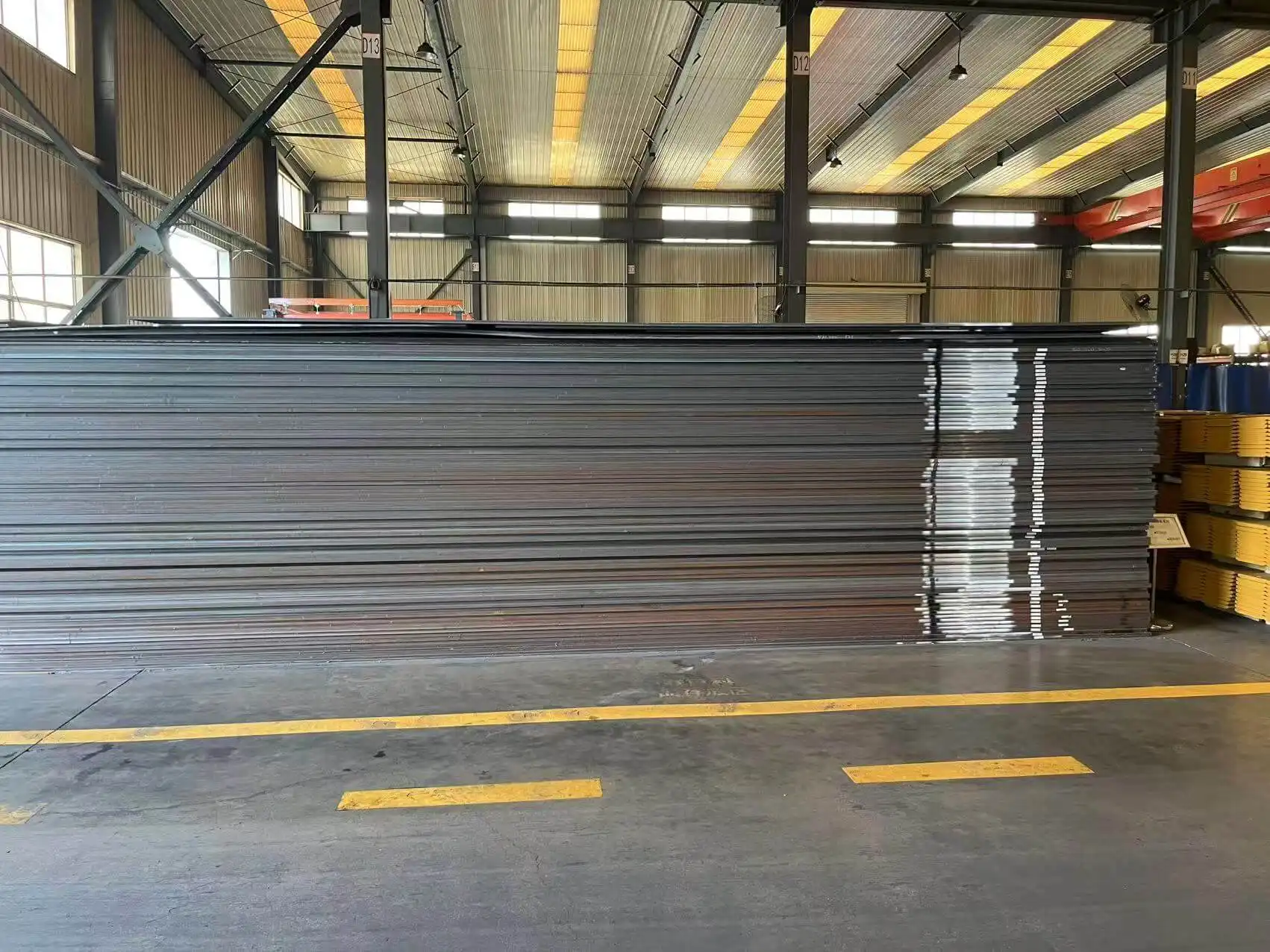
Managing Corrosion and Material Degradation
Corrosion and material degradation present significant challenges to maintaining optimal performance of Dozer Sprocket Segment D51 components, particularly in environments with exposure to moisture, chemicals, or extreme temperature variations. While Shanghai SINOBL's heat-treated boron steel construction offers substantial resistance to standard wear, environmental factors can initiate corrosion processes that compromise structural integrity over time. Recognizing corrosion in its early stages—often appearing as surface discoloration, pitting, or scale formation—enables intervention before significant material loss occurs. The corrosion process typically accelerates in areas where protective coatings have been compromised through normal operational wear, creating vulnerability points that require particular attention during inspections. For the SINOBL Dozer Sprocket Segment D51 (Part No.12Y-27-11521), critical areas include the valleys between teeth, mounting hole perimeters, and contact surfaces between the segment and sprocket hub. Implementing effective corrosion management strategies begins with thorough cleaning procedures that remove accumulated debris and contaminants after operations, particularly when working in marine environments, chemical processing facilities, or fertilizer handling operations where corrosive agents are prevalent. Application of appropriate protective coatings or lubricants creates an effective barrier against moisture and chemical exposure, with selection based on specific operational conditions and environmental challenges. For moderate exposure situations, standard heavy equipment lubricants with corrosion inhibitors provide adequate protection, while severe environments may require specialized ceramic or polymer coatings applied to non-contact surfaces. Storage protocols also significantly impact corrosion development, with proper procedures including thorough cleaning, application of protective compounds, and storage in climate-controlled environments when equipment faces extended idle periods. When corrosion has progressed beyond surface effects, assessment of structural integrity becomes critical, as material degradation can compromise the load-bearing capacity of the segment. In these cases, non-destructive testing methods such as ultrasonic thickness mapping can quantify material loss and inform replacement decisions. By implementing comprehensive corrosion management strategies, equipment operators can significantly extend the service life of Dozer Sprocket Segment D51 components while maintaining optimal performance and safety standards across their operations.
Conclusion
Effective troubleshooting and maintenance of Dozer Sprocket Segment D51 components are essential for maximizing equipment uptime and operational efficiency. By implementing proper inspection protocols, addressing alignment issues promptly, and managing environmental factors effectively, operators can significantly extend component lifespan and reduce overall maintenance costs. Shanghai SINOBL's premium sprocket segments provide the quality foundation needed for reliable performance in demanding applications.
Why Choose SINOBL for your Dozer Sprocket Segment D51 needs? Our components are manufactured using heat-treated boron steel with advanced technology and rigorous quality control that exceeds industry standards. With manufacturing capability of 40,000-50,000 segments monthly, we ensure prompt delivery for any project scale. Experience the difference that precision engineering and superior materials make in your equipment performance. Contact us today at nancy@sunmach.com.cn to discuss your specific requirements and discover how our expertise can solve your toughest undercarriage challenges.
References
1. Johnson, R.T. & Smith, M.K. (2023). Maintenance Strategies for Heavy Equipment Undercarriage Systems. Journal of Construction Equipment Maintenance, 45(3), 128-142.
2. Zhang, H., & Williams, P. (2024). Wear Pattern Analysis in Dozer Sprocket Segments: Correlation with Operational Environments. International Journal of Mining Engineering, 18(2), 215-230.
3. Thompson, L.J. (2022). Preventing Premature Failure in Critical Dozer Components. Heavy Equipment Maintenance Quarterly, 37(4), 89-104.
4. Patel, S.V. & Chen, Y. (2023). Material Selection for Extended Service Life in Abrasive Environments. Journal of Materials Engineering and Performance, 32(1), 67-82.
5. Anderson, K.L. & Roberts, J.W. (2024). Predictive Maintenance Approaches for Undercarriage Components in Mining Operations. Mining Engineering Review, 29(3), 183-198.
6. Miller, D.H. & Brown, T.N. (2023). Cost Analysis of Preventive vs. Reactive Maintenance in Earthmoving Equipment. Construction Economics Journal, 41(2), 256-271.


